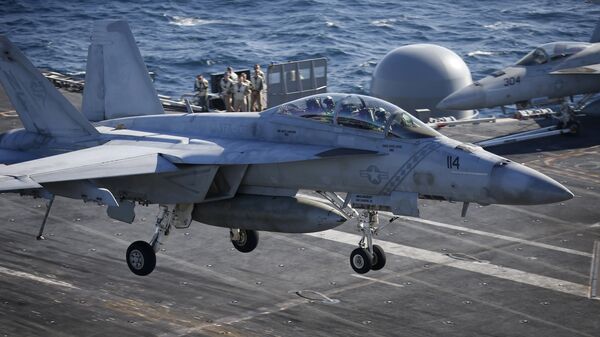“The seriousness in which the Secretary of the Navy and the Chief of Naval Operations view these incidents is reflected in the seniority of those leading the review,” a recent internal memo circulating the Pentagon reads. The probe will last 30 days.
Adm. Scott Swift, commander of the US Navy in the Pacific theater, was tapped by Vice Chief of Naval Operations Adm. Bill Moran to lead the review, Military.com reported. Swift and his crew will have “full authority” to examine previous research and access “subject matter experts from across the naval aviation and Navy medicine enterprise to assist in the task,” the document said.
The investigation will determine whether current temporary fixes to the air shortage problem are adequate, and will make further suggestions to address the issue.
Aeromedical experts, NASA engineers and industry professionals have all been tapped to help tackle the problem.
On April 18, the Navy sent 200 T-45 trainer jets back into the air, even though the root cause of the issues had not been addressed — and it turned out to be a poor move. The Navy provided aviators “modified” masks to wear while the long-term problem was getting attention, thinking that would allow trainees to get more experience flying. But less than 24 hours after the T-45s went back into the air, two pilots reported headaches and oxygen deprivation issues during a training flight, according to a April 21 Military.com report.
This prompted the Navy to make further restrictions as to what altitudes are safe for flying. Pilots in the trainer jets can no longer exceed an altitude of 5,000 feet and cannot perform maneuvers that cause more than two Gs of force.


